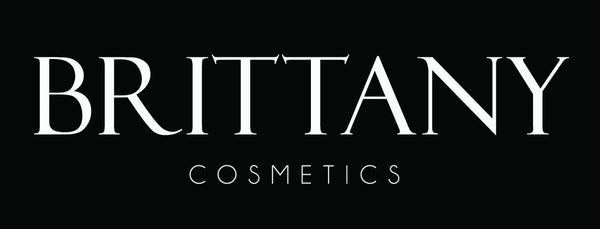When it comes to sculpting and enhancing your facial features, bronzer and contour are two essential makeup products that often get confused. While both are used to add dimension and depth to the face, they serve very different purposes. Understanding the difference between bronzer and contour—and knowing how to apply each correctly—can completely transform your makeup look.
In this guide, we’ll break down the key differences between bronzer and contour, when to use each, and professional tips for flawless application.
⸻
What is Bronzer?
Bronzer is designed to warm up the complexion and give your skin a healthy, sun-kissed glow. Unlike contour, which creates shadows, bronzer mimics the natural warmth you’d get after spending time in the sun.
When to Use Bronzer
• To add warmth to pale or dull skin
• To achieve a radiant, healthy-looking glow
• To complement a natural or no-makeup makeup look
Best Bronzer Shades
Choose a bronzer one to two shades warmer than your natural skin tone. For fair skin, opt for soft peach or light golden hues. Medium skin tones look best in caramel or honey shades, while deep skin tones shine with rich chocolate or terracotta tones.
⸻
What is Contour?
Contour, on the other hand, is all about creating shadows to define and sculpt the face. It helps slim down features, sharpen the jawline, and make cheekbones pop. Unlike bronzer, contour should not add warmth—it’s meant to mimic natural shadows.
When to Use Contour
• To define facial structure
• To slim down round or full areas of the face
• For dramatic, high-fashion makeup looks
Best Contour Shades
Select a contour shade that is cool-toned and about two shades deeper than your skin tone. This ensures the shadow effect looks natural and not orange.
How to Apply Bronzer Correctly
- Choose the Right Formula – Powder bronzers work best for oily skin, while cream or liquid bronzers give a dewy finish.
- Apply on High Points – Sweep bronzer lightly on areas where the sun naturally hits: forehead, temples, cheekbones, and nose.
- Blend Well – Use a fluffy brush for powder or a damp beauty sponge for creams to blend seamlessly.
- Build Gradually – Start light and build up for a natural glow without looking muddy.
Pro Tip: Bronzer should never be applied in the hollows of the cheeks—that’s where contour belongs!
How to Apply Contour Correctly
- Map Your Face – Apply contour to the hollows of the cheeks, sides of the nose, jawline, and forehead edges.
- Use the Right Tool – An angled brush works great for powder, while a small blending brush or sponge is ideal for cream.
- Blend for Natural Shadows – Always blend upward for cheekbones and downward for jawline to avoid harsh lines.
- Set if Needed – For a long-lasting finish, set cream contour with a matching powder.
Can You Use Bronzer and Contour Together?
Absolutely! In fact, combining bronzer and contour can create the most natural and balanced look. Contour first to define your features, then apply bronzer to bring back warmth and a sun-kissed finish.
Top Mistakes to Avoid
- Using bronzer as contour (it will look too warm and unnatural).
- Applying contour all over the face (it’s for shadows, not warmth).
- Choosing shades that are too dark or orange for your skin tone.
Final Thoughts
Both bronzer and contour are powerful tools in your makeup routine—but they serve different purposes. Bronzer gives you that radiant warmth, while contour sculpts and defines your facial structure. Mastering the art of both will help you achieve a polished, professional look every time.
At Brittany Cosmetics, we offer a range of high-quality bronzers and contour products designed to suit every skin tone and makeup style. Explore our collection today and take your makeup game to the next level.

